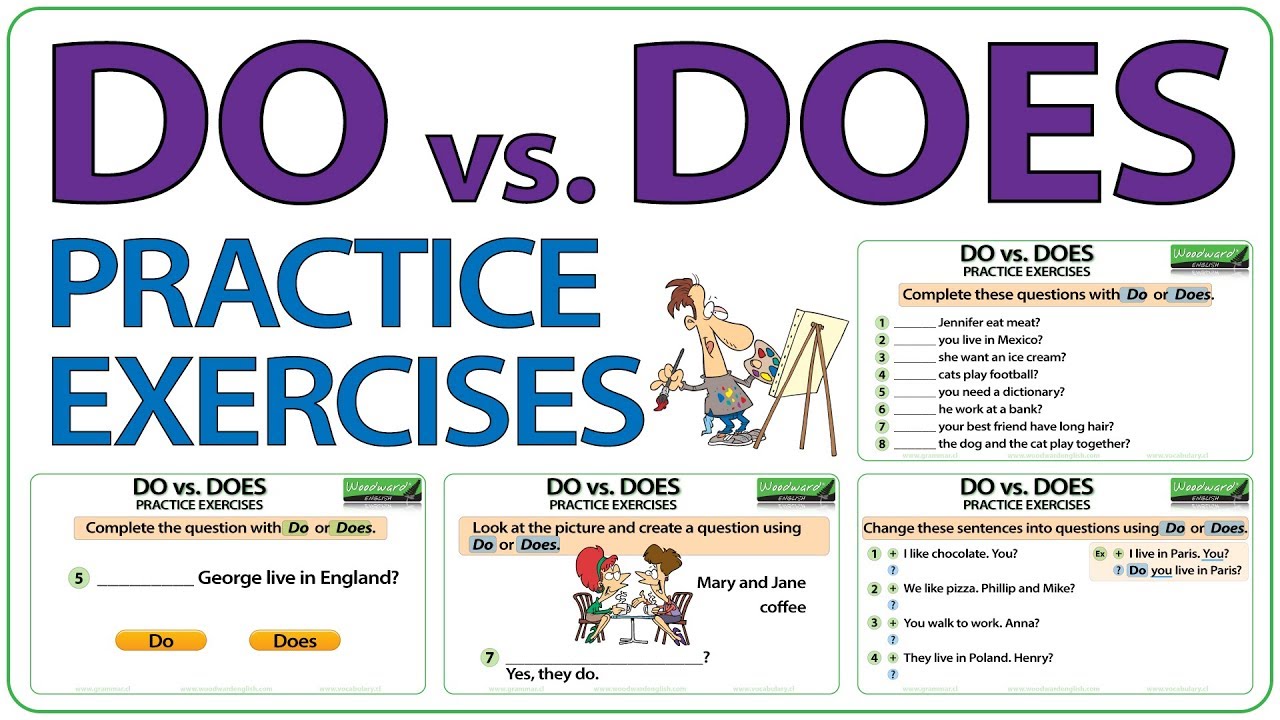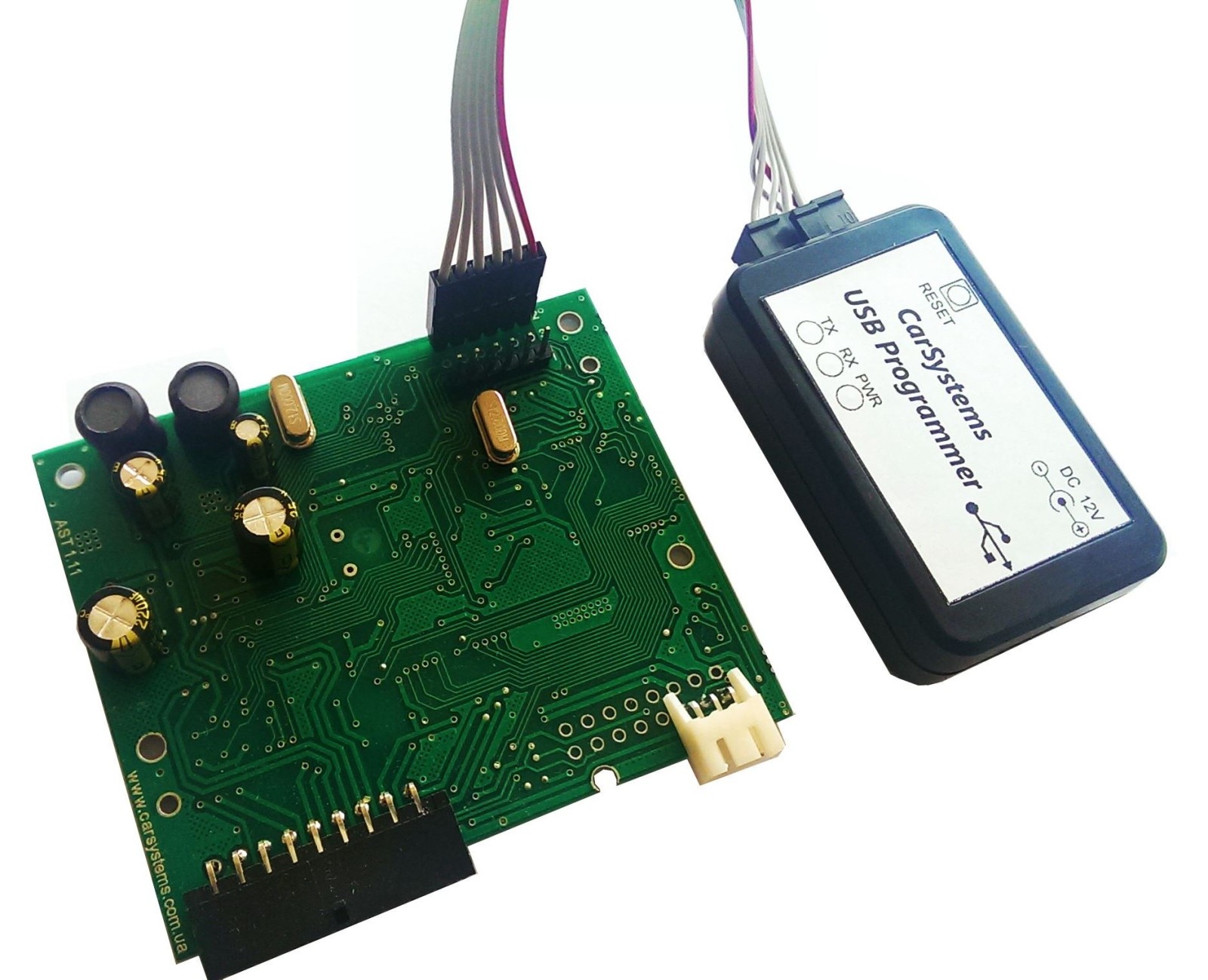Practical Ways to Access Free and Low-Cost Internet at Home
Introduction
Reliable internet access is essential for education, employment, healthcare, and daily life. For many households, the cost of home internet can be a significant barrier. If you’re searching for ways to get free internet at home without paying , there are several legitimate routes to explore. While truly free home internet is rare, especially on a permanent basis, numerous programs, nonprofit initiatives, and public resources can dramatically lower your costs-or, in some cases, help you access free service for limited periods. This guide provides detailed, actionable steps for finding and applying to these opportunities, along with alternative solutions for staying connected.
Understanding Free vs. Low-Cost Internet
It’s important to distinguish between completely free home internet and low-cost options. Most established programs offer significant discounts, sometimes making your cost near zero depending on eligibility and location. True zero-cost solutions are uncommon and often temporary, but combining resources can help you get as close as possible.
Government Programs: Lifeline and State Initiatives
Lifeline is a federal program that offers a monthly discount on phone or internet service for qualifying low-income households. The discount typically covers up to $9.25 per month , which can be applied to internet or bundled phone/internet services through participating providers. Eligibility is based on income (at or below 135% of the Federal Poverty Guidelines) or participation in programs such as SNAP, Medicaid, or SSI. To apply, visit the Federal Communications Commission’s (FCC) official website and search for “Lifeline program,” or use the Lifeline Support site for details and provider listings [4] .
Many states have launched their own initiatives. For example, New York’s Affordable Broadband Act (ABA) requires ISPs to offer qualifying households internet for $15 to $20 per month depending on speed. Eligibility typically includes an income below 185% of the federal poverty guidelines or participation in programs like SNAP or the school lunch program [5] . If you live in another state, check your state’s official government website or search for “low-income internet program [Your State]” for local options.
Low-Cost Internet Service Provider (ISP) Programs
Several major ISPs offer discounted plans for low-income customers. While these plans are not always free, combining them with federal or local subsidies can reduce your monthly bill to zero or close to it. Here are some of the most widely available programs:
- AT&T Access: Offers internet service for $30 per month (up to 100 Mbps) for qualifying households. Eligibility is based on participation in government programs or income level. Free installation and Wi-Fi are included, and there are no equipment fees or annual contracts. Visit the official AT&T Access site for current details and eligibility steps [3] .
- Spectrum Internet Assist: Provides 50 Mbps service for $25 per month to new customers in households receiving government assistance. A free modem is included. Additional Wi-Fi is available for $5/month [1] .
- Xfinity Internet Essentials: Offers service for $14.95 per month (75-100 Mbps) for families eligible for assistance programs like Medicaid and SNAP. Equipment is included, and you also get access to Xfinity’s nationwide network of Wi-Fi hotspots [1] .
- Cox ConnectAssist: Delivers up to 100 Mbps for $9.95 per month for households on SNAP, Medicaid, or similar programs [2] .
- MediaCom Xtream Connect: Offers up to 100 Mbps for $28.99/month for families with a K-12 student on the National School Lunch Program [2] .
To apply for any of these programs, visit each provider’s official website and search for their low-income internet application process. You’ll typically need proof of eligibility, such as a benefits card or documentation of income.
Nonprofit and Community Solutions
Nonprofit organizations play a crucial role in closing the digital divide. PCs for People is a national nonprofit that provides affordable internet and refurbished computers to income-qualified individuals. Their internet service is prepaid, starting at $15-$16 per month, with no credit checks or hidden fees. Eligibility is based on participation in government programs or income below 200% of the federal poverty guidelines. For more information, visit PCs for People’s official website [4] .
Many local libraries, community centers, and educational nonprofits also lend Wi-Fi hotspots or provide free on-site internet. To find these resources, search for “Wi-Fi hotspot lending [Your City]” or contact your local library directly. Availability and policies vary by location, but this can be a valuable way to get home internet access at no cost.
Public Wi-Fi and Shared Access
If you need immediate, temporary access to free internet, many public spaces offer free Wi-Fi. Libraries, coffee shops, fast-food restaurants, and community centers often provide reliable connections. Some ISPs, such as Xfinity, open their public hotspot networks to all users during emergencies or for limited periods. To use this option at home, you may need to be within range of a participating hotspot.
Be aware of potential security risks on public Wi-Fi. Avoid accessing sensitive accounts or transmitting private information unless you’re using a secure, trusted network or a virtual private network (VPN).
Alternative Solutions for Free or Reduced Cost Internet
Some users have found creative solutions to access free or low-cost internet:
- Mobile Hotspot Programs: Some wireless providers and nonprofits distribute mobile hotspots for free or low cost to students, seniors, or individuals in need. Search for “free hotspot program [Your State/City]” and check with local schools and libraries.
- Neighborhood Wi-Fi Sharing: In some apartment buildings or communities, neighbors pool resources or share connections with permission. Always ensure this complies with your ISP’s terms of service and is done lawfully.
- Promotional Free Trials: ISPs occasionally offer free trial periods for new customers. Check official provider websites for any current offers.
How to Apply: Step-by-Step Guidance
Follow these steps to maximize your chances of securing free or low-cost home internet:

Source: pccores.com
- Check Federal and State Programs: Visit the FCC’s official website to review eligibility for Lifeline and search your state government’s site for additional programs.
- Contact Major ISPs: Visit official ISP websites and navigate to their low-income or assistance program pages. Complete their online applications and gather required documentation.
- Reach Out to Nonprofits: Visit the official pages of organizations like PCs for People to learn about their offerings and application process.
- Explore Community Resources: Contact your local library, school district, or city government for information on Wi-Fi lending, public access points, or additional support.
- Combine Programs: If possible, use discounts from Lifeline, state initiatives, and ISP offers together to minimize your monthly cost.
Potential Challenges and Solutions
Not all households will qualify for every program, and some areas may have limited ISP competition. If you’re denied, ask the provider or agency for alternative options or appeal procedures. Stay updated on new programs or changes in eligibility by monitoring official government and provider websites.

Source: itgust.com
Key Takeaways
While permanent, truly free home internet remains limited, you can substantially reduce your costs through a combination of federal assistance, state programs, ISP discounts, and nonprofit resources. Persistence and regular research are key-eligibility criteria and available offers can change, and new programs are launched regularly to address the digital divide.



